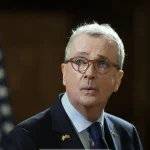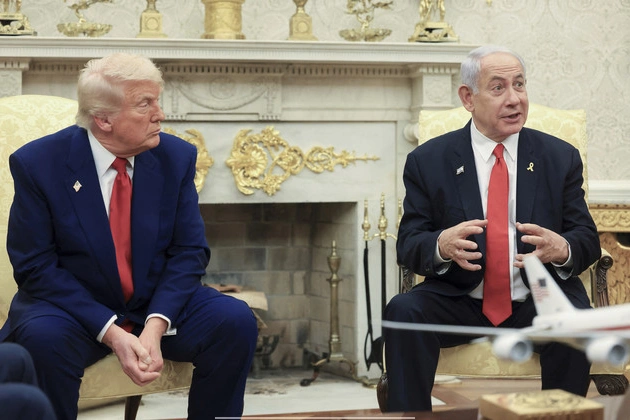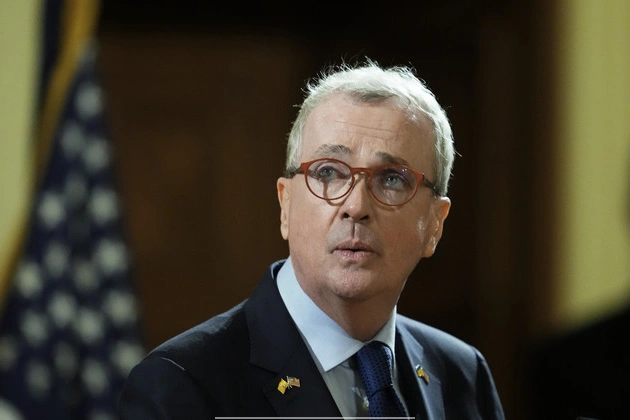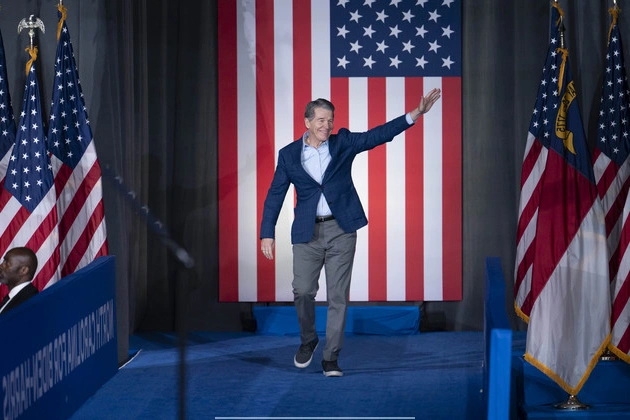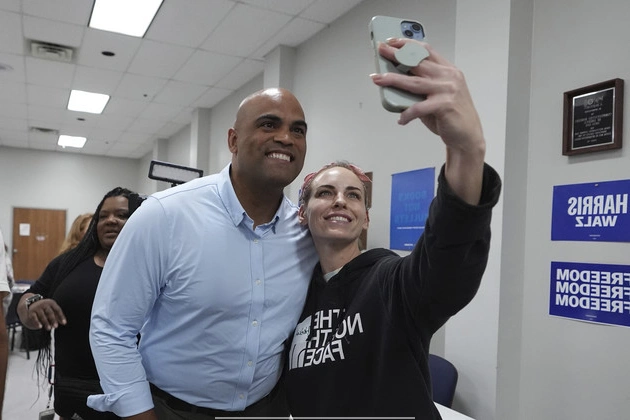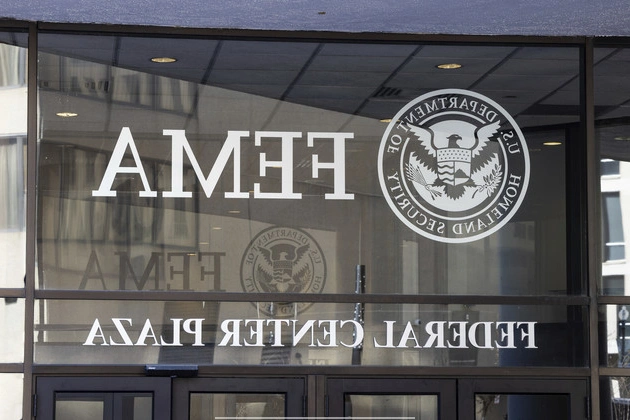
The Leadership Transition at FEMA
The recent shift in leadership at the Federal Emergency Management Agency has raised eyebrows and sparked discussions about the future direction of the agency. David Richardson, the newly appointed acting Administrator, has made it clear that he intends to centralize decision-making within FEMA, taking personal responsibility for all key choices.
Implications for FEMA Operations
This hands-on approach by Richardson has prompted concerns about the efficiency of FEMA operations. By insisting on personally approving every decision, including disaster payments and grants, he risks slowing down crucial processes that are essential for timely aid delivery.
Challenges and Opportunities
While Richardson’s focus on control may pose challenges, it also presents opportunities for streamlining communication and ensuring a consistent message from FEMA. By taking charge of news releases and speaking on behalf of the agency, he aims to convey a sense of authority and decisiveness.
Insights from DHS Officials
Insights from Department of Homeland Security officials shed light on the circumstances leading to Richardson’s appointment and the dismissal of his predecessor, Cameron Hamilton. The decision to remove Hamilton appears to have stemmed from conflicting views on FEMA’s future, with Hamilton’s statements during a congressional hearing playing a pivotal role.
Overall, the transition at FEMA signals a significant shift in leadership style and decision-making processes. As the agency adapts to these changes, it will be crucial to monitor how they impact day-to-day operations and the delivery of crucial services to communities in need.


